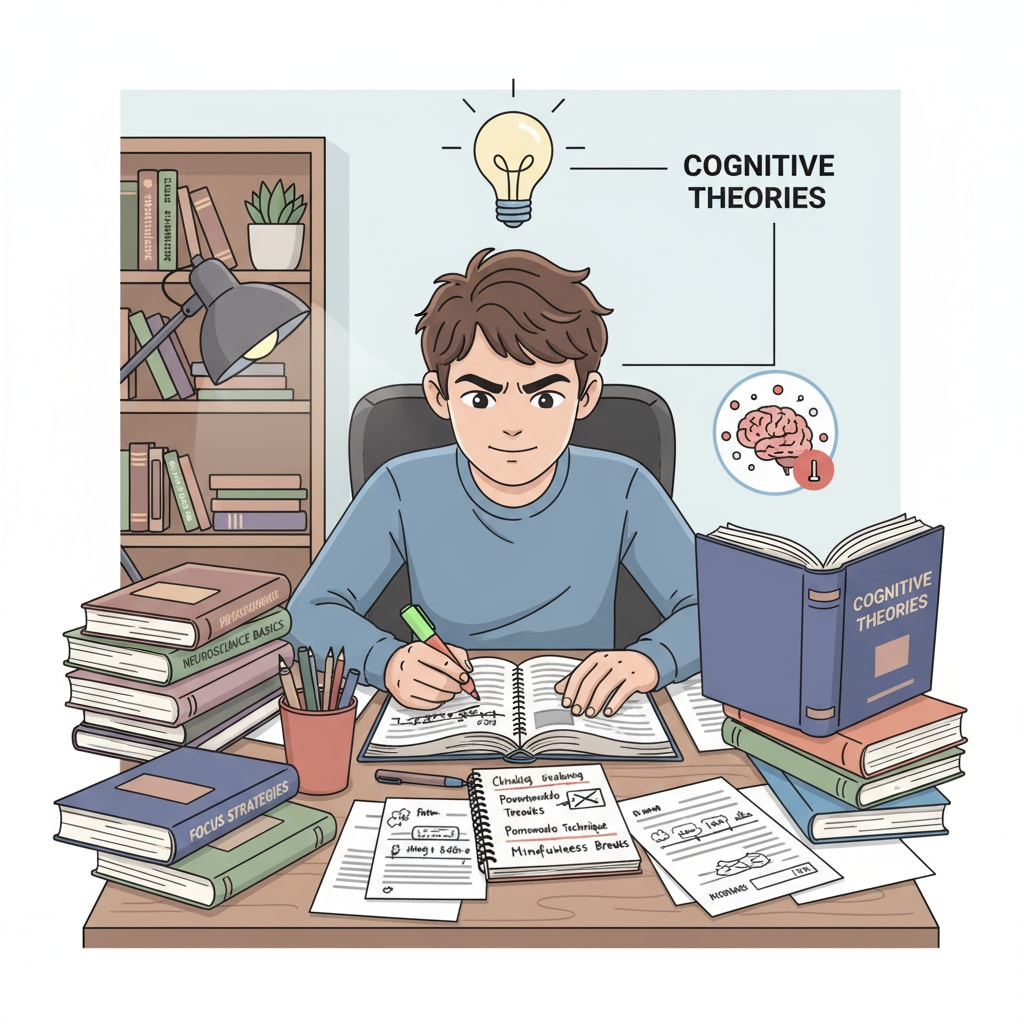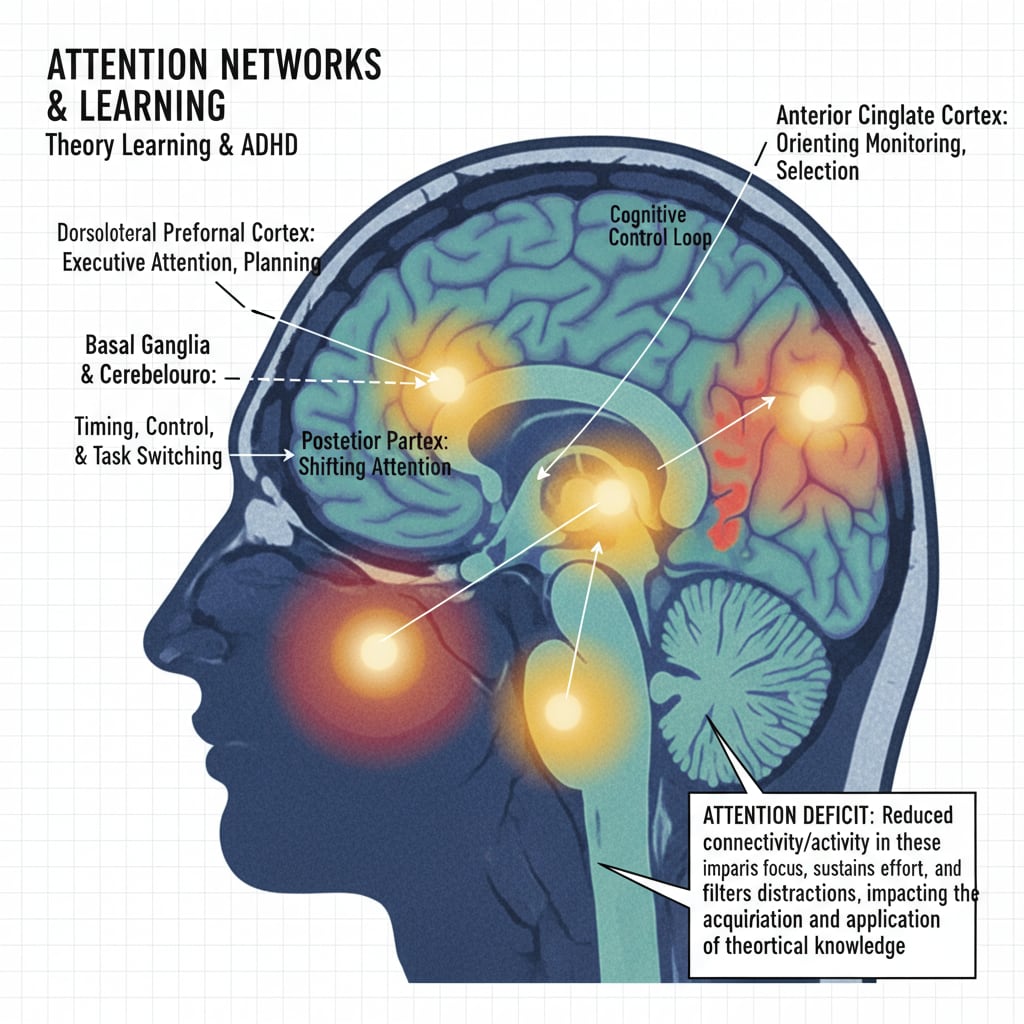Theory learning, attention deficit, and learning methods are crucial aspects for students who struggle with maintaining focus. For those with attention deficits, grasping complex theoretical concepts in subjects like mathematics, physics, or history can be a daunting task. However, with the right strategies, they can overcome these challenges and achieve academic success.

Understanding the Attention Deficit Hurdle
Attention deficit often leads to difficulties in concentrating for extended periods. This can make it hard for students to follow long lectures or read dense theoretical texts. According to Attention Deficit Hyperactivity Disorder on Britannica, individuals with attention deficits may be easily distracted, which disrupts the learning process. As a result, they might miss important details in theoretical concepts.

The “Reverse Learning Method” Approach
The “reverse learning method” is a game-changer for students with attention deficits. Instead of starting from the beginning of a complex theory, it begins with the end goal. For example, in a physics class, instead of going through all the derivations first, students can look at the practical application of a theory. This way, they can see the real-world relevance, which makes the abstract theory more tangible. In addition, it helps in maintaining their attention as they are more interested in how the theory works in practice.
Readability guidance: By using short paragraphs and simple language, we make the content easier to understand. The list-like structure here helps in presenting key points clearly. Transition words like “however”, “as a result”, and “in addition” are used to connect ideas smoothly.


